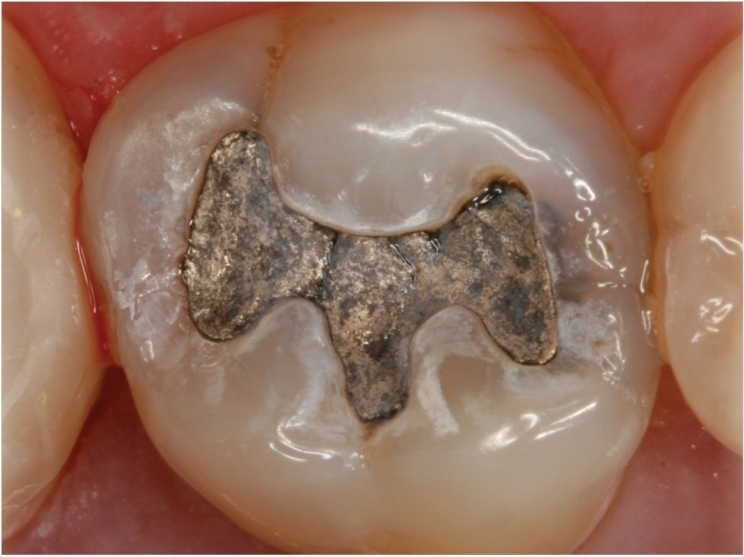
If special precautions aren’t put into place, clinicians may exceed the safety thresholds for mercury exposure during dental procedures involving drilling on amalgam fillings, according to the International Academy of Oral Medicine and Toxicology (IAOMT).
Standard methods appear to be inadequate when assessing mercury during drilling on dental amalgam because these methods do not account for mercury vapor emitted from particles of the filling that are generated by drilling, the IAOMT reports.
However, the IAOMT adds, the research emphasizes that specific safety measures can mitigate these mercury levels and provide more rigorous protection for patients and dental workers.
“For decades, our nonprofit organization has been concerned about this issue and collected research about amalgam fillings, all of which contain approximately 50% mercury, a known neurotoxin,” said IAOMT president Michael Rehme, DDS, NMD.
“Based on this science, we have strongly recommended that safety measures be enacted for dental procedures involving these silver colored fillings, and we have also intensely advocated for the end of dental amalgam usage,” said Rehme.
The IAOMT hopes that publicizing the study will bring about changes in dental practices involving mercury, noting that some countries have already banned amalgam fillings while others have prohibited their use for pregnant women and children.
In addition to potential risks for patients, the IAOMT adds, research has recognized hazards for dentists and dental professionals who routinely clean, polish, place, remove, and replace amalgam fillings.
“Based on our findings we are recommending dentists implement engineering controls as required by OSHA in addition to the supplemental recommendations identified in our study when amalgam is drilled on by a high-speed drill. This ensures that patients and dental workers are properly protected,” said lead author David Warwick, DDS.
“These methods should be applied during preparation for restoration, establishment of an endodontic access opening as performed for root canal treatment, sectioning of a tooth during extraction, and the removal of amalgam fillings in a clinic setting or in a laboratory setting in dental schools,” said Warwick.
The IAOMT has developed the Safe Mercury Amalgam Removal Technique (SMART) based on scientific literature about amalgam filling removal. This series of special precautions is designed to protect patients, dental professionals, and the environment by immensely reducing the levels of mercury that can be released during the amalgam filling removal process.
The study, “Mercury Vapor Volatilization from Particulate Generated from Dental Amalgam Removal with a High-Speed Dental Drill—A Significant Source of Exposure,” was published by the Journal of Occupational Medicine and Toxicology.
Related Articles
Berlin Declaration Shows Amalgam Has Entered Its Twilight Era
Dentists May See More Requests for Replacing Amalgam Fillings
What Dentists Need to Know About Installing and Maintaining Amalgam Separators











